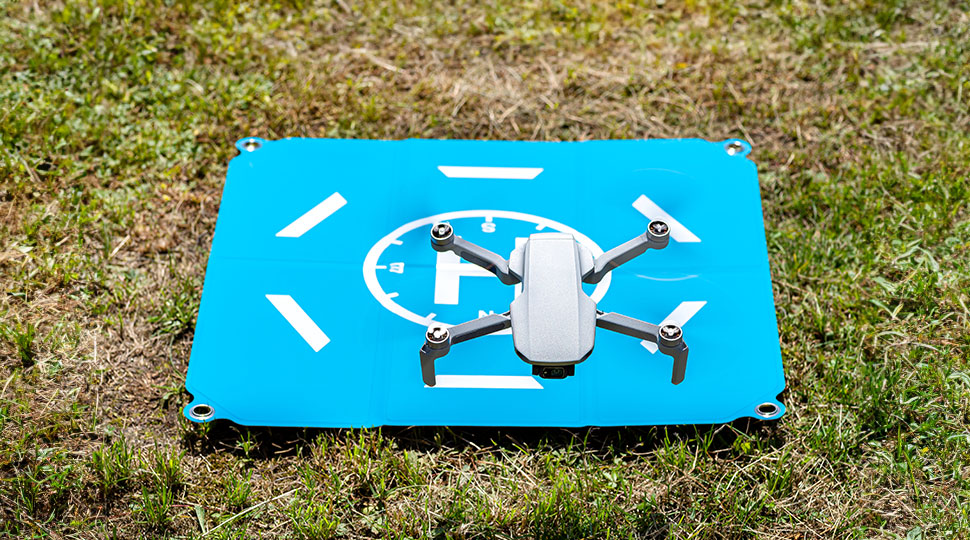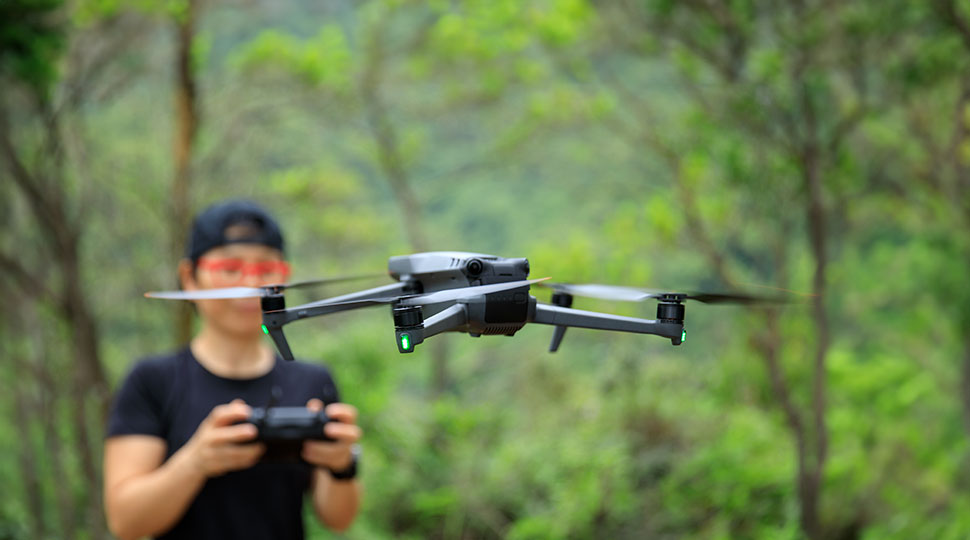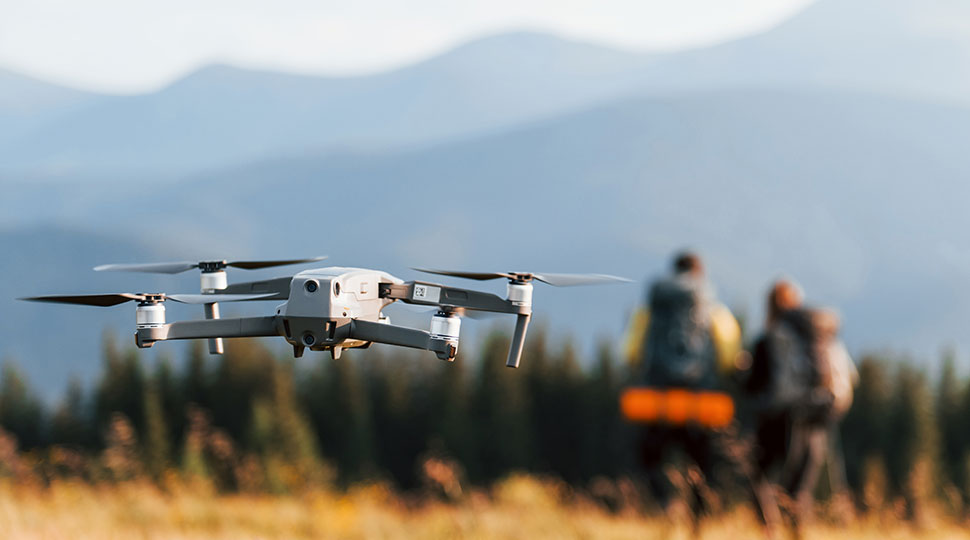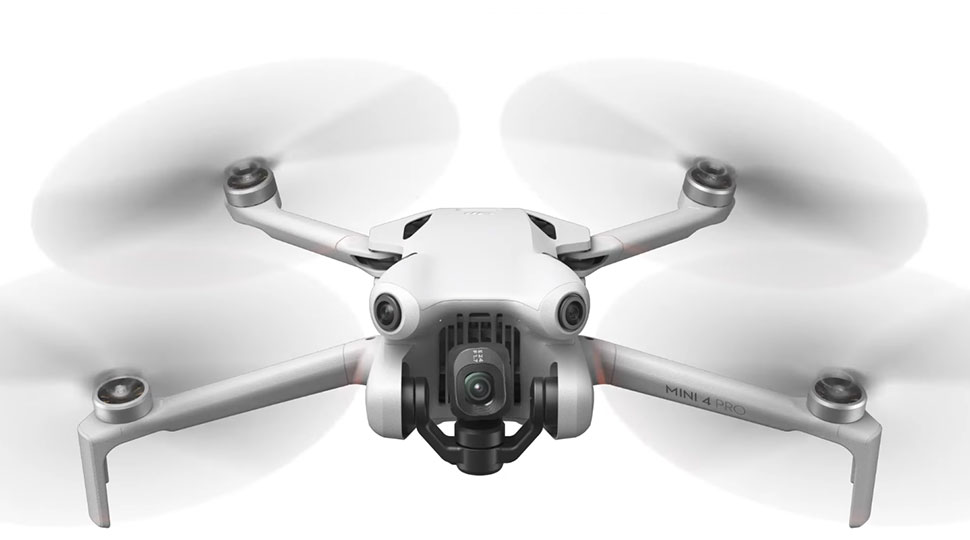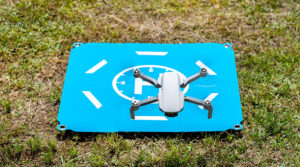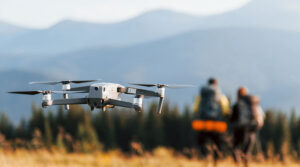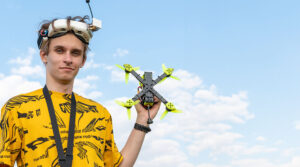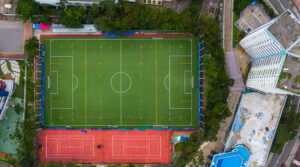The term “drone technology” refers to the use of unmanned aerial vehicles (UAVs) or remotely piloted aircraft systems (RPAS) for various purposes, including photography, data collection, and more. These small, maneuverable aircraft have become increasingly popular and useful in recent years, with a wide variety of applications in both civilian and military sectors.
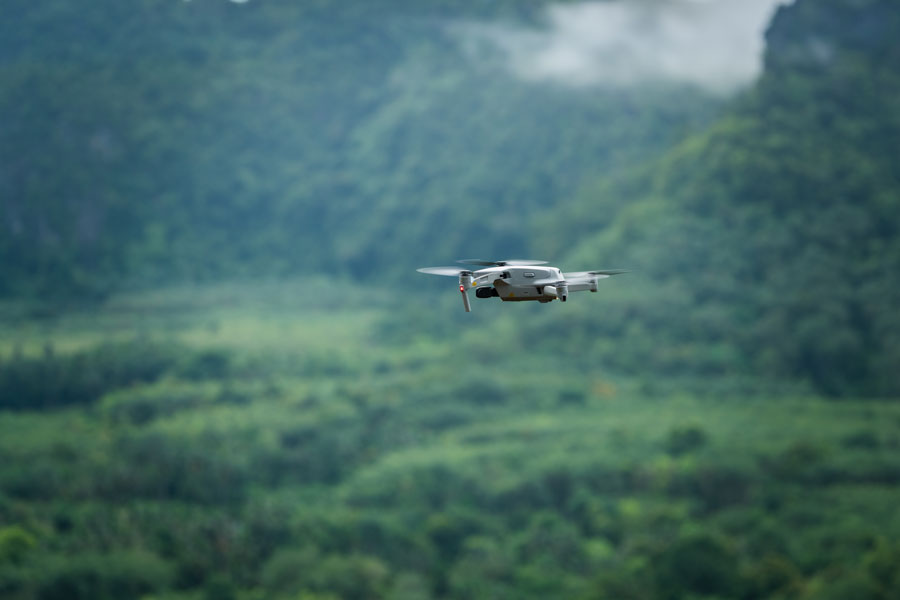
One of the most exciting and promising areas for drone technology is its ability to access and explore remote areas that would otherwise be difficult or impossible to reach.
Today we’ll be exploring the history and development of drone technology, the challenges faced when using drones in remote areas, and some examples of how drones are currently being used to unlock the secrets of these isolated locations.
Get the latest articles in your inbox fresh and ready to read …
Get the New To Drones "All Access Pass"
All Access Pass members enjoy unlimited access to entire articles – 100% FREE
By signing up you agree to our Terms of Service and Privacy Policy. You also agree to receive our newsletters (you can easily and quickly opt-out at any time).
You will receive free access to all of our articles while you are a member of the site.
History and Development of Drone Technology
Early Development
The development of drone technology can be traced back to the early 20th century when the first radio-controlled aircraft were developed for military use. These early drones were primarily used for target practice and reconnaissance missions, but their potential for other applications was quickly recognized. As drone technology continued to advance, so too did the range of purposes for which they could be used.
Recent Advances and Uses
Over the past two decades, drone technology has made significant strides in both hardware and software development. Modern drones are equipped with advanced sensors, cameras, and GPS systems, allowing them to perform a wide range of tasks with greater accuracy and efficiency than ever before. In addition, improvements in battery technology have increased the range and endurance of drones, enabling them to cover greater distances and remain airborne for longer periods. These advances have paved the way for innovative new uses for drones in remote areas, including environmental monitoring, search and rescue operations, and more.
Challenges with Using Drones in Remote Areas
Despite the many advantages of using drone technology in remote areas, there are also several challenges that must be overcome. Some of these challenges include:
Weather Conditions and Terrain
Drones are susceptible to the effects of various weather conditions, such as strong winds, rain, and snow, which can impact their stability and performance. In addition, the often rugged and uneven terrain of remote areas can pose additional challenges for drone navigation, as well as limit the availability of suitable landing sites.
Privacy Concerns and Regulations
As drone technology becomes more prevalent, there has been increasing concern about the potential for privacy violations and the need for appropriate regulations to govern their use. In some cases, restrictions on drone flights in certain areas or altitudes may limit their ability to access or explore remote areas.
Examples of How Drone Technology is Being Used in Remote Areas Today
Despite these challenges, drone technology has already proven to be a valuable tool in unlocking the secrets of remote areas. Here are a few examples of how drones are currently being used in these isolated locations:
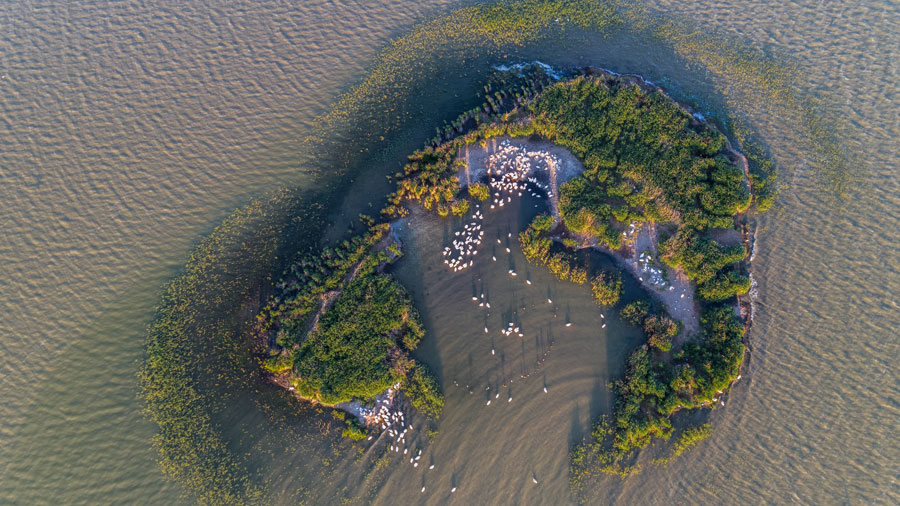
1. Monitoring Wildlife Populations
Drones equipped with high-resolution cameras and other sensors can be used to monitor wildlife populations in remote areas, providing valuable data on animal behavior, migration patterns, and population sizes. This information can be used to inform conservation efforts and help protect endangered species.
2. Mapping Inaccessible Terrain
Drones can also be used to create detailed maps of remote and inaccessible terrain, such as dense forests, mountain ranges, or arctic regions. These maps can be invaluable for scientific research, resource management, and other purposes.
3. Delivering Medical Supplies to Hard-to-Reach Locations
In some remote areas, access to medical supplies and assistance is severely limited due to the challenges of reaching these locations. Drones can be used to quickly and efficiently deliver medical supplies to these areas, potentially saving lives and improving healthcare in these isolated communities.
Cleared for Takeoff
As drone technology continues to advance, it is likely that the range of applications in remote areas will continue to expand. Some potential future uses for drones in remote areas include:
1. Forest Fire Monitoring and Management
Drones equipped with thermal cameras could be used to monitor forest fires in real-time, providing valuable information on the size, location, and direction of the fires. This data could help firefighters better plan and execute their firefighting efforts, potentially saving lives and property.
2. Infrastructure Inspection and Maintenance
Drones could be used to inspect and maintain infrastructure in remote areas, such as power lines, pipelines, and bridges, without the need for human workers to travel to these locations. This could improve efficiency and reduce the risks associated with these tasks.
Drone technology holds enormous potential for unlocking the secrets of remote areas and improving our understanding of these isolated locations. Despite the challenges associated with using drones in remote areas, their many advantages and diverse applications make them an invaluable tool for exploration, research, and preservation efforts.
As drone technology continues to advance, it is likely that new and innovative uses will continue to emerge, further demonstrating the power and potential of these remarkable aircraft.

